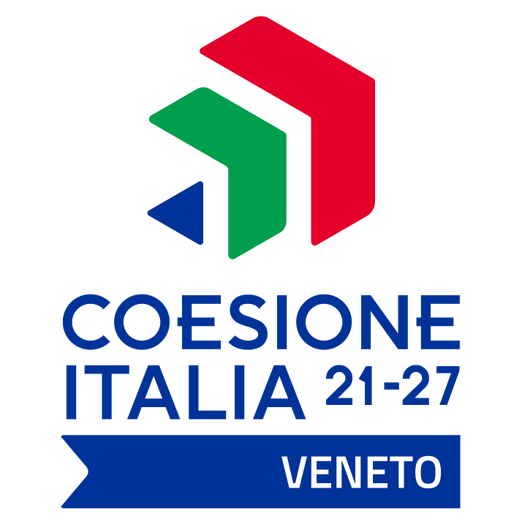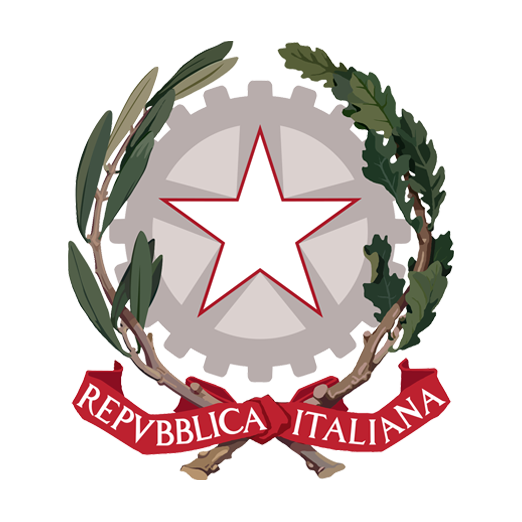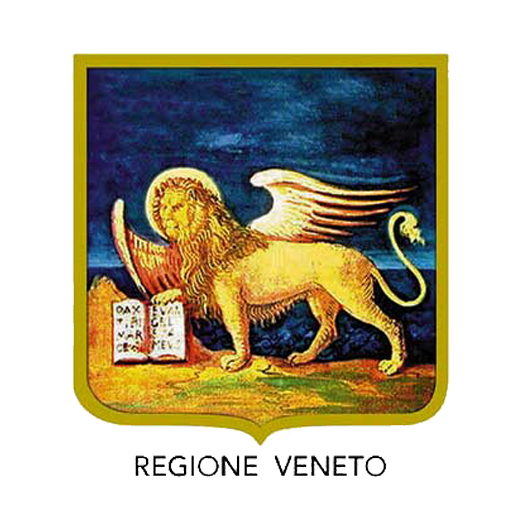Villa Benvenuti
Via Cappuccini, 121
Villa Benvenuti is a Venetian villa of great historical and archaeological interest. The first evidence of residential use of the area dates back to the 16th century, when the patron and writer Alvise Cornaro built a residence there. In the 18th century, the property passed to the noble Venetian Farsetti family, and in the 19th century it was purchased by the Venetian doctor and patriot Adolfo Benvenuti, from whom the villa takes its current name. The surrounding park was designed—or at least inspired—by the style of Giuseppe Jappelli. Today, the villa is one of Este’s most important archaeological sites, thanks to excavations conducted at the end of the 19th century by Alessandro Prosdocimi, which brought to light numerous artifacts of the ancient Veneti people.
After a long period of abandonment, the villa is now the subject of an important restoration project promoted by the Scauteste Onlus Association.
History
In the 16th century, a hill above the city of Este was inherited by Alvise Cornaro, a Venetian patron known for his interest in architecture. Cornaro was responsible for the construction of Villa dei Vescovi in Luvigliano and the Loggia and Odeo Cornaro in Padua. In his mainland properties, he also promoted land reclamation works. The Este residence, modest in size, was used in spring and autumn and hosted notable figures such as the playwright Angelo Beolco, known as "Ruzante." Among the architectural elements commissioned by Cornaro was the Arco del Falconetto, attributed to Giovanni Maria Falconetto and built between 1522 and 1523.
In the early 18th century, the villa passed to the noble Farsetti family, who expanded the building and brought it to its current form. Prints and views from the time show the appearance of the villa, with a staircase connecting the entrance arch to a quatrefoil-shaped fountain near the residence.
During the transitional period between the fall of the Republic of Venice, Napoleonic rule, and the Austrian restoration, records on the villa become fragmentary. Around 1840, the property was acquired by Adolfo Benvenuti, who transformed the building with a neoclassical style. He was also responsible for expanding the park, designed in the Romantic style, probably with input from Giuseppe Jappelli. Between 1879 and 1880, Alessandro Prosdocimi conducted archaeological excavations at the foot of the park, uncovering a necropolis of the ancient Veneti. The artifacts are preserved in the National Atestine Museum in Este.
In 1918, the villa was converted into an orphanage for girls orphaned by World War I and entrusted to the Sisters of Mercy. In 1936 it was transferred to the Pia Casa di Ricovero, later renamed the Santa Tecla Foundation.
After being used as an orphanage, the villa temporarily served as a school and parish center, before being closed and left to decay.
In 2011, the Scauteste Onlus Association launched a project to restore the villa and park. Among the first interventions were the restoration of the stables, the guesthouse, and the fountains, including the Nymphaeum behind the building. The villa is now partially open to the public, particularly during the floriculture event Este in Fiore, and is used for educational and nature-based activities for schools, scout groups, and youth associations.
Architecture
Villa Benvenuti has a rectangular layout with a raised central section crowned by a rectangular pediment. The main façade features nine bays, with a three-light window above the terrace and attic windows adorned with decorative frames and wrought-iron railings. The lateral volumes are decorated with dentil cornices under the eaves.
The entrance to the garden is marked by the Arco del Falconetto, designed by Giovanni Maria Falconetto and built in Nanto stone.
Archaeological site
The garden of Villa Benvenuti is one of the most important archaeological sites in the Veneto region. It occupies a portion of a necropolis from the settlement of the ancient Veneti, located between the Euganean Hills and a branch of the Adige River. During the 19th-century excavations, numerous pre-Roman tombs were discovered. The artifacts—including the famous Situla Benvenuti—are now housed in the National Atestine Museum.
The situla, a masterpiece of Atestine art, comes from tomb “Benvenuti 126” and was exhibited in 2013 at the exhibition Venetkens – Journey into the Land of the Ancient Veneti in Padua.






